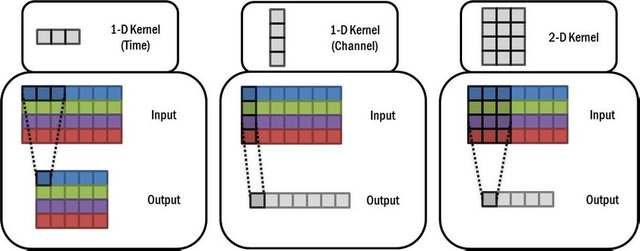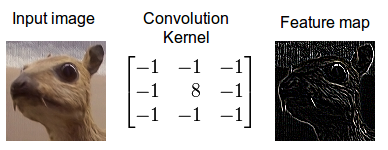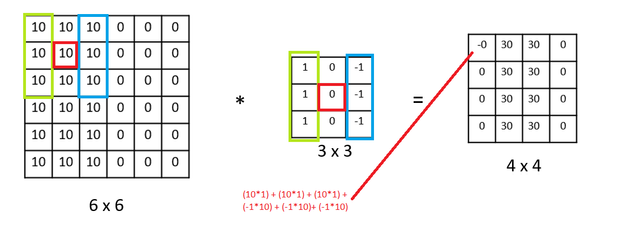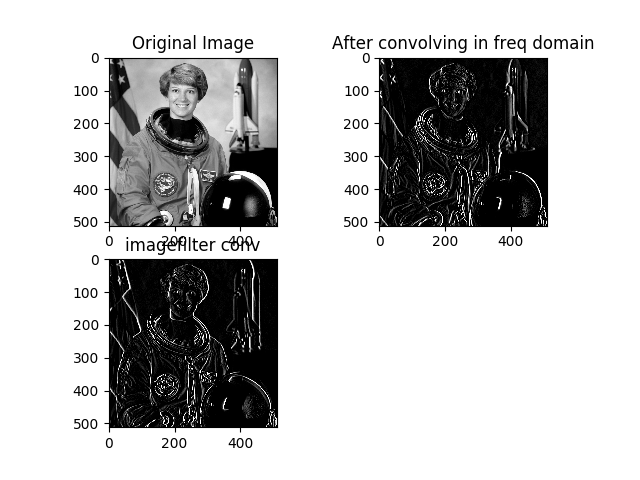## SIZ EDUCATION || PYTHON PROGRAMMING LANGUAGE|| by @mohsin444
Hi Friends!
I am well and i think you are all well and happy and enjoying your life and spend best time in daily routeen today i think that i introduce something different for you and i hope you liking and enjoying my post.
Convolution is a mathematical way of combining two signals to form a third signal. It is the single most important technique in Digital Signal Processing. ... Convolution is important because it relates the three signals of interest: the input signal, the output signal.
It is defined as the integral of the product of the two functions after one is reversed and shifted. ... For example, periodic functions, such as the discrete-time Fourier transform, can be defined on a circle and convolved by periodic convolution.
Convolution is a mathematical operation used to express the relation between input and output of an LTI system. It relates input, output and impulse response of an LTI system as. y(t)=x(t)∗h(t). Transposed Convolution (Deconvolution, checkerboard artifacts) Dilated Convolution (Atrous Convolution) Separable Convolution (Spatially Separable Convolution, Depthwise Convolution) Flattened Convolution.
You can imagine convolution as the mixing of information. Imagine two buckets full of information which are poured into one single bucket and then mixed according to a specific rule. Each bucket of information has its own recipe, which describes how the information in one bucket mixes with the other. So convolution is an orderly procedure where two sources of information are intertwined.
Convolution can also be described mathematically, in fact, it is a mathematical operation like addition, multiplication or a derivative, and while this operation is complex in itself, it can be very useful to simplify even more complex equations.
Convolutions are heavily used in physics and engineering to simplify such complex equations and in the second part — after a short mathematical development of convolution — we will relate and integrate ideas between these fields of science and deep learning to gain a deeper understanding of convolution.
Apply convolution to images.
When we apply convolution to images, we apply it in two dimensions — that is the width and height of the image. We mix two buckets of information: The first bucket is the input image, which has a total of three matrices of pixels — one matrix each for the red, blue and green color channels; a pixel consists of an integer value between 0 and 255 in each color channel.
- The second bucket is the convolution kernel, a single matrix of floating point numbers where the pattern and the size of the numbers can be thought of as a recipe for how to intertwine the input image with the kernel in the convolution operation. The output of the kernel is the altered image which is often called a feature map in deep learning.
Convolution of images useful in machine learning.
There can be a lot of distracting information in images that is not relevant to what we are trying to achieve. Now if you want to differentiate between styles of clothes, the colors of the clothes will not be that useful for doing that; also minute details like emblems of the brand will be rather unimportant.
- What is most important is probably the shape of the clothes. Generally, the shape of a blouse is very different from the shape of a shirt, jacket, or trouser. So if we could filter the unnecessary information out of images then our algorithm will not be distracted by the unnecessary details like color and branded emblems. We can achieve this easily by convoluting images with kernels.
Frequency filtering and convolution: The reason why the convolution operation is often described as a filtering operation, and why convolution kernels are often named filters will be apparent from the next example, which is very close to convolution.
If we transform the original image with a Fourier transform and then multiply it by a circle padded by zeros (zeros=black) in the Fourier domain, we filter out all high frequency values (they will be set to zero, due to the zero padded values).
Note that the filtered image still has the same striped pattern, but its quality is much worse now — this is how jpeg compression works (although a different but similar transform is used), we transform the image, keep only certain frequencies and transform back to the spatial image domain; the compression ratio would be the size of the black area to the size of the circle in this example.
If we now imagine that the circle is a convolution kernel, then we have fully fledged convolution — just as in convolutional nets.
Convolution is one of the primary concepts of linear system theory. It gives the answer to the problem of finding the system zero-state response due to any input—the most important problem for linear systems.
Thanks for seen my post.I hope i make more special your precious time.
Have a nice day!
Special Thanks To Steem Infinity Zone Team
@cryptokraze ADMIN Founder ⭐
@arie.steem MOD SP LEVEL 3 | Supervisor
@vvarishayy MOD SIZ Staff ⭐
@suboohi MOD SIZ Staff ⭐
@endingplagiarism MOD SIZ Staff ⭐
@siz-official MOD Community Account 🌍
@siz-rewards MOD Official Rewards Pool
@ashkhan MOD SIZ Staff ⭐
@qasimwaqar MOD SIZ Investor & Sponsor ⭐





Hi @mohsin444
Your post content is plagiarized. Please try to make unique and original content according to community rules and regulations.
https://smallseotools.com/view-report/22a024d929aaea1f627d521a8405fb13